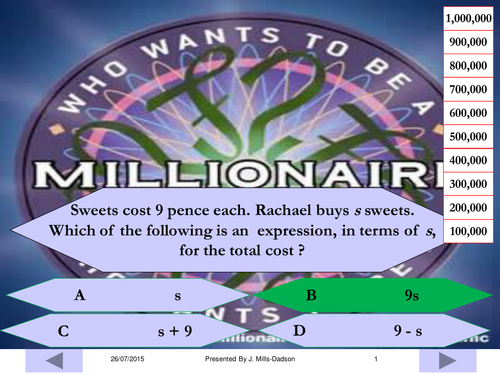Jmillsdadson: Scaffolded Interactive maths lessons for all
Are your students disengaged and finding maths boring? If so, you are in the right place. I am dedicated to helping educators transform mundane maths lessons into dynamic, interactive learning experiences, utilizing colour-coordinated animations that visually clarify complex processes. Materials guide students from basic concepts right through to thought-provoking, typical exam-style questions. Explore my resources today and start delivering lessons that capture attention and build mastery.




















